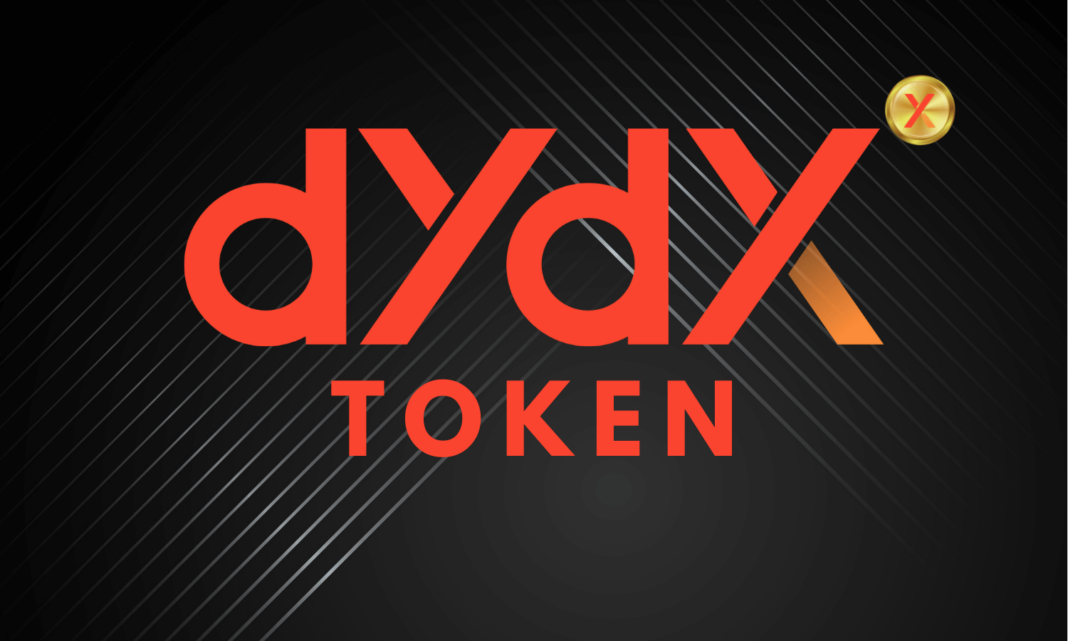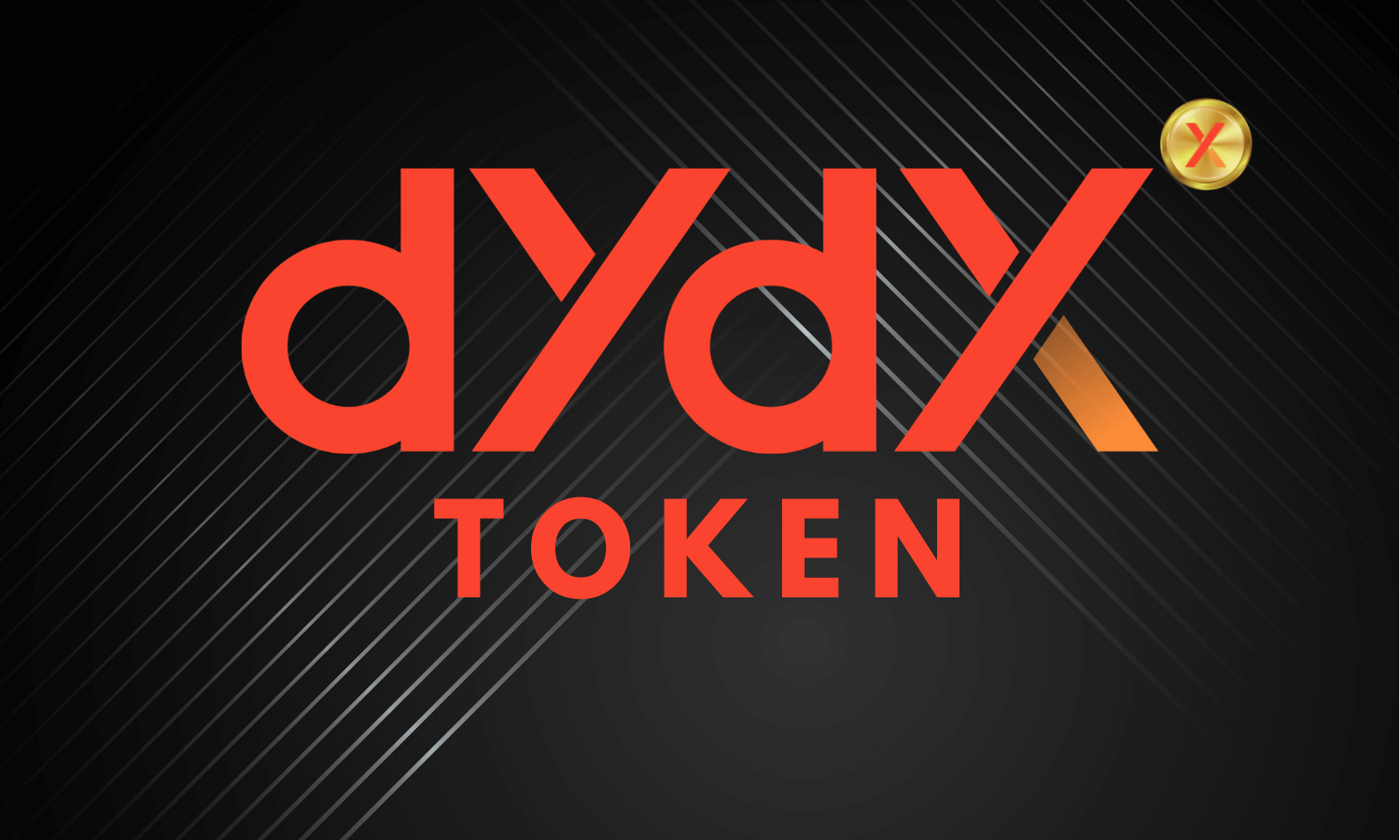DYDX token: What is it?
As dYdX’s governance token, this protocol token provides mining rewards and participation in staking pools, as well as trading discounts on its exchange.
A brief history:
The use of dYdX to gain access to complex financial instruments without the use of a centralized exchange was established by Antonio Juliano in 2017. With this protocol, financial instruments can be incorporated into the crypto space decentralized and non-custodial by avoiding the use of an intermediary. It launched its base Margin Trading Protocol on Kovan testnet shortly after the company was founded and the seed round that followed. According to this protocol, short sales, leveraged longings, and margin loans were possible. In addition, dYdX released its first product, called Expo, a feature that allowed traders to interact with the protocol seamlessly and which was built on the platform’s now-abandoned margin token mechanism. As part of the development process, dYdX collected feedback from traders during the past couple of months. A new trading protocol, Solo, was introduced in May 2019 whose smart contracts were completely rewritten based on the needs of traders.
By 2020, the Protocol secured $10,000,000 in Series A funding and launched the perpetual protocol, an important step in its development. Cryptocurrency in general and dYdX in particular both benefited from the introduction of this financial instrument. Moreover, decentralized exchanges offered greater transparency than centralized ones, such as liquidation mechanisms and insurance funds, which are less transparent and less revealed in centralized exchanges. To increase the liquidity of cross-margined perpetual, DYdX and Starkware developed Layer-2 together to increase the trading capacity.
The protocol relies on Starkware’s StarkEX scaling engine, its ZK roll-up technology, and its lowered minimum order size to settle the perpetual contracts with reduced trading costs and gas charges. The dydX decentralized exchange will be able to offer its users various functionalities that are primarily noticeable on centralized exchanges, such as order books and limit orders, by the end of 2020 with the introduction of perpetual. Until then, daily users can lend their assets and earn interest fees on margin loans. They offer perpetual services, allow users to buy and sell digital assets, and offer mobile apps for dYdX exchange. Also included in their funding rounds are Series B and Series C funding, giving them $75,000,000 in total.
How Does it Work?
In addition to its already established reputation in the crypto space, this exchange boasts around 64,000 unique traders, 10.5 billion in total volume for perpetual and margins, and $250 billion in flash transactions via its liquidity pools.
As part of the platform, StarkWare created StarkEx, an engine that enables Layer 2 scalability and enables dYdX to improve the non-custodial trading. Essentially, the change will have the same impact as Ethereum 2.0 since the gas costs will be eliminated, the minimum trade size will be reduced, and trading fees will be reduced.
By providing low gas costs and low fees as a trading service, it enables secure trading. To meet this goal, StarkWare is now helping the platform move to Layer 2 so it can increase its settlement capacity.
Staking Pools:
- Safety Pool
Safety pools work just as they sound – they offer users staking their DYDX tokens some sort of protection. Its users who stake coins in the safety pool get a portion of the rewards as proportional to the staked coins. If the users want to unstake their tokens before the current epoch ends, they would need to wait for 14 days.
- Liquidity Pool
The liquidity pool is aimed toward two major goals, namely providing liquidity network effects and attracting professional investors. Stakers will receive DYDX in proportion to their stakes in the liquidity pool after 14 days and during the ongoing epoch period, which was also created based on its Layer 2 protocol. Amber Group, Sixtant, Wintermute, and DAT Trading are some of the market makers on dYdX Layer 2.
Governance:
As part of the its governance token launch, the DYDX company made all product and finance-related decisions after consulting the community properly. The protocol had additional governance access that was a multi-sig contract that could halt any new positions created should there be a security breach.
In the current model, the protocol is run by a shared governance model, where DYDX company and team remain active in deciding trading protocols, and holders of DYDX can request modifications and improvements on the Layer 2 protocol.
Details of on-chain governance
As the off-chain tool for governance improvement, the protocol uses the dYdX Request for Comments or DRC. To achieve a more accurate consensus result, DRCs reach a rough consensus on the DYDX forum, Commonwealth, and their resulting votes are voted using off-chain methods such as polls. If you vote yes to an off-chain proposal on-chain, it is implemented.
If off-chain DRC leads to a more accurate, yet still rough consensus, community members with enough proposal power can initiate the on-chain voting process with a DIP (dYdX Improvement Proposal) through smart contract calls. It will depend on the total number of tokens held or delegated by or to an agent whether they have voting power or proposal power. The voting of proposals requires DYDX tokens to be held by participants or to be delegated to participants at the time of DIP Snapshots. DIPs are deferred by a voting delay after they are submitted, and the active voting starts after the snapshots are taken within the community dashboard after the voting delay has ended. A successful proposal is then placed in the Timelock queue so that it may be carried out within 21 days.
Shifting to layer-two solutions
As the protocol embarks on its path towards becoming a community-governed, fully decentralized platform, it marks a major step forward with the retroactive “release” of DYDX tokens. There will be an increase in layer-two projects to operate at lower costs.
Blockchain projects are increasingly migrating to cross-chain and layer-two solutions like Polygon. It announced the launch of its layer-two exchange on StarkWare, developed jointly with StarkEx.
The DYDX platform reports that at the close of its first mining epoch, there were 32,700 holders, and there was $13.8 billion in transactions per month. The platform also reports $141 million in staked market-maker capital.



